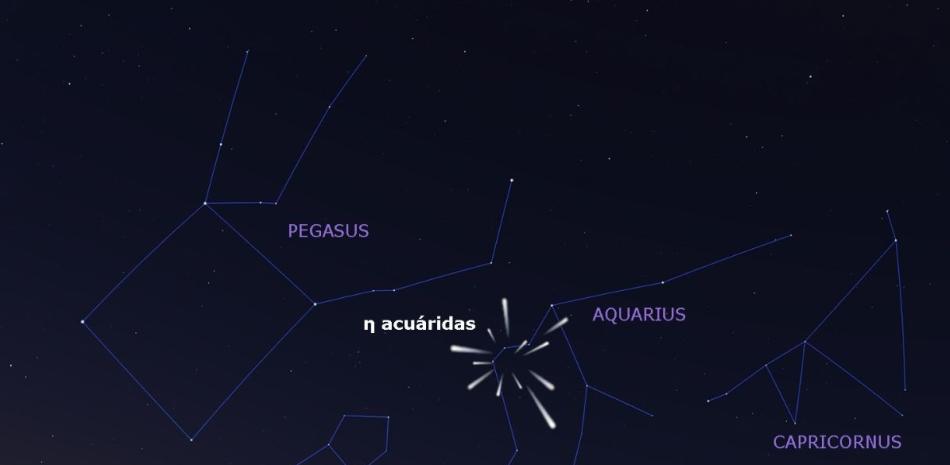NASA’s Perseverance rover on Mars has been on a mission for more than 800 days on the red planet and has managed to capture images of events that are theoretically known, but few or no photographic records exist.
One of them is sunset on Mars. It looks very different from the reds or oranges we see from Earth.
In an image taken on July 4, 2023, the rover fixed its navigation camera toward the dim horizon, capturing a remarkable cooling during sunset.
In other topics: (Juan José Rodríguez Jr., the unidentified son of ‘El Puma’ is dead: we told you)
Related topics
Tuesday sunsets usually stand out For its distinctive blue color– Fine dust in the atmosphere allows blue light to penetrate the atmosphere more efficiently than colors with longer wavelengths.
As described Science Alert, Because of its distance from the Sun, Mars receives less light and its atmosphere is composed mainly of carbon dioxide with traces of oxygen and nitrogen, which is weaker than Earth’s. The mixture of gases and the thin layer of the atmosphere scatters the light into a blue haze.
Continue reading: (NASA’s Perseverance rover records new phenomenon: giant dust devil on Mars)
Contrary to what happens on our planet, the light is red during the day and turns blue at night.
These types of images allow researchers to study the Martian atmosphere and give enthusiasts a chance to see an otherwise impossible phenomenon.
Also: (NASA’s win: Perseverance rover creates oxygen with Martian atmosphere)
The rover was sent not only to collect and store Martian rock and regolith (broken rock and dust), but also to characterize Mars’ past geography and climate as well as its present.
A milestone in the creation of oxygen on Mars
Exploring Jezero Crater on Mars with the Perseverance Rover, The MOXIE Instrument (Mars Oxygen In-Situ Resource Utilization Experiment) It has proven to be a viable technology to produce oxygen for astronauts to fuel and breathe upon reaching the Red Planet.
Since Perseverance lands on Mars in 2021, The MOXIE produced a total of 122 grams of oxygen, approximately what a small dog breathes in 10 hours.
MOXIE is capable of producing 12 grams of oxygen per hour (twice NASA’s original goals for the instrument) at 98% purity or better. On its sixteenth run, on August 7, the instrument produced 9.8 grams of oxygen.
MOXIE creates molecular oxygen through an electrochemical process that separates an oxygen atom from each carbon dioxide molecule pumped from the thin atmosphere of Mars. As these gases flow through the system, they are analyzed for purity and amount of oxygen produced.
Digital Scope Editorial
With information from Europa Press
Time
More news on EL TIEMPO





